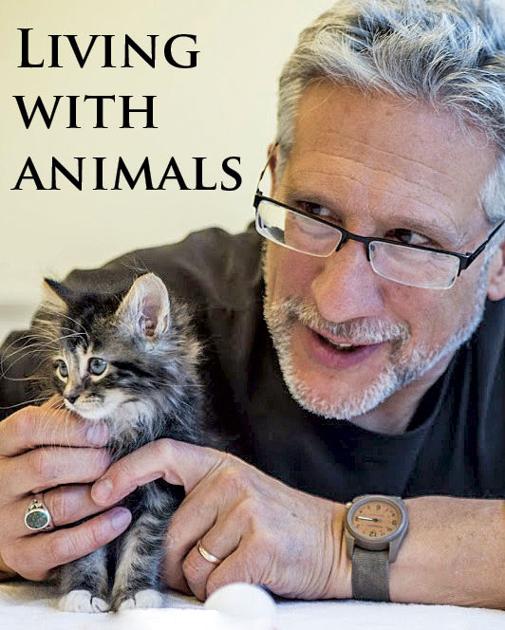Welcome to kitten season | Lifestyle – San Mateo Daily Journal

Six months ago you would have found dozens of kittens during a tour of the Peninsula Humane Society & SPCA. Take that same walk today, however, and you’ll find many wonderful adult and senior cats but no purring fuzz balls. Why is that? You’ve probably heard the term before, but why do kittens have a “season?”
Although cats can breed any time of year, most of the United States (we’ll come back to that “most” in a moment) experiences a radical increase in kittens born starting in the spring (April-May usually, although this past year was rather late) through late summer/early autumn. Here’s why. Cats’ reproductive cycle is triggered by the environment. With the start of more daylight hours beginning at the winter solstice (Dec. 21), those hormones begin to kick in and most female cats (most unsprayed female cats, that is) will be in heat by the end of January (which is why you may be hearing yowling in your backyard right now). Two months later, those babies start popping!
This environmental trigger is a leftover from the time before cats were domesticated. Just think about it: most wild animals, at least in this part of the world, are born or hatched around the same time of year, when the winter is over and food (whether vegetable or animal) is most readily available and the weather is more amenable to raising young. Since the shift from cold to warm weather corresponds with a whole lot of extra kittens, it’s no surprise that warmer places (such as Hawaii, Arizona, and southern California) see a relatively consistent number of kittens year-round.
A few related odds and ends: cats (and dogs, too) can become pregnant by more than one male during a single heat, which means one litter can contain any number of half-brothers and -sisters. All kittens start life with blue eyes (big, beautiful blue eyes) and permanent eye color comes in at around a month of age. Most important, while a kitten as young as 4 months can become pregnant, that can easily be prevented by spaying and neutering cats as young as possible — that means surgery at around 8 weeks once the baby reaches 2 pounds in body weight.
Ken White is the president of the Peninsula Humane Society & SPCA
Let’s block ads! (Why?)

